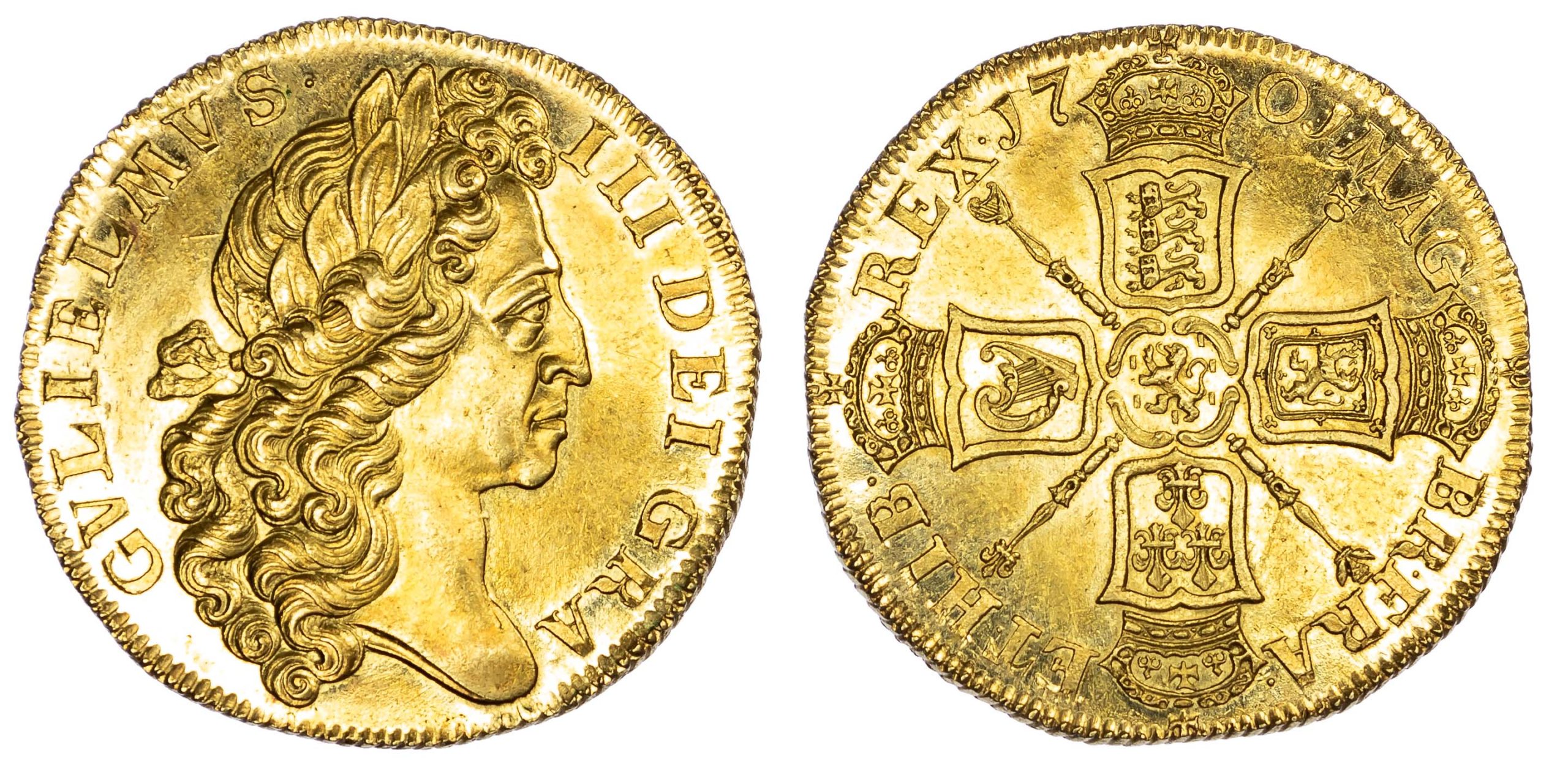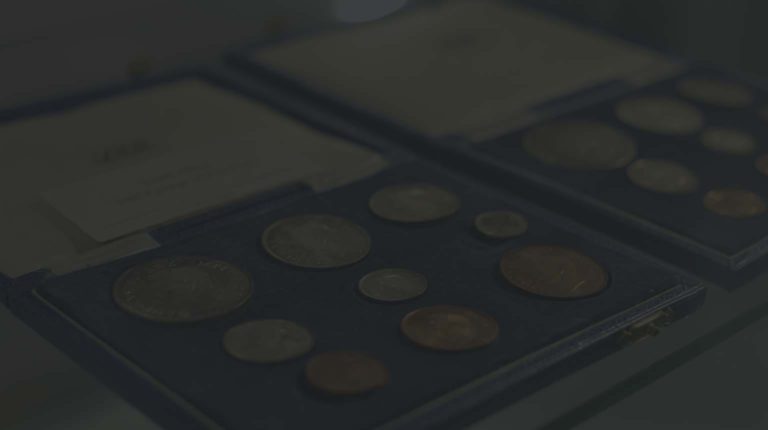At around the turn of the century in the early 2000’s I had been in a fortunate enough position to acquire a 1768 Pattern Two Guinea Piece in FDC condition, throughout all my years in numismatics I have always had a penchant and fondness for the denomination, whether it be in the form of a Pattern or Proof, currency or fine works issue. The elaborate design of this spectacular pattern piece of 1768 designed by John Tanner, stirred within me the following question; Why Two Guineas weren’t more popular with collectors? At the time I paid £14,000 for the Pattern Two Guineas (In August of 2020 the Douglas-Morris 1768 2 Guinea example fetched £243,000 without the commission, see Heritage 5th August 2020, Dallas Signature Sale, lot 30178, Proof 64 in grade) and yet a Pattern Five Guinea Piece in the early 2000s would have commanded circa £70,000 as a base price, over five times the sum of its smaller counterpart. Nearly two decades later there is still a huge disparity between the prices of Two and Five Guinea Pieces, irrespective of whether they are currency or pattern issues, this is merely the landscape of the contemporary market.
The adulation of the Five Guinea as a denomination can be explained by its imposing size, Gold content, weight and plethora of choices from Charles II’s first bust issues right down to the last type being the pattern issue of 1777 in George III’s reign. It is the highest denomination of the era (valued at 105 shillings) and the largest coin of the early-milled period. They would have been earmarked for only the wealthiest citizens, the landed elite and aristocracy (interchangeable at times), in short the upper echelons of society alongside business magnates carrying out large transactions would have been familiar with these exclusive coins.
Two Guinea Pieces, on the other hand, are of a lesser denomination (42 shillings) but nonetheless the second highest denomination available in circulation. Naturally it stands to reason only the affluent would have ever come into contact with them in day to day context. Being smaller in diameter they appear more refined in their proportions, closely packed yet subtle, understated in comparison with their Five Guinea relative. At over 16 grams they are still an impressive coin, however it appears they have been acting as an intermediary between the Guinea and Five Guinea for quite some time, underplayed, and only ever come to the fore in titled sales as Patterns with strong pedigrees. A talking point for a while before going under the proverbial radar, lying dormant until the next big sale to resurface.
It can be argued that the popularity of the Five Guinea Piece over the past decades with its almost cult like following has led to the Two Guineas remaining vastly undervalued, typically they retail for only a third of an equivalent of Five Guinea piece; ultimately making them an attractive proposition for collectors and investors alike. Due to the excessive sky-high prices of Five Guinea Pieces in todays market, it is only a matter of time before the Two Guinea pieces gain a momentum in popularity, narrowing the price gap, adding a modicum of consistency between all aforementioned denominations, ideally straightening out a correlation.
Find below one of our most recent acquisitions added to our website this week, an exceptional Fine-Work Two Guineas of William III, a one year only issue of 1701 designed by John Croker. A first rate example, perhaps the finest known. A mint state example with coruscating golden lustrous toning on both obverse and reverse, complimenting the intricate details of the piece, mirrored fields synonymous with a proof or specimen strike. An outstanding rendition of this one year only type, rare so well preserved, fastened to an illustrious set of provenances embodying the characteristics of a specimen issue. A stand-out piece.

- The Chalaza Collection Spink 91, 1 May 1992, lot 69
- Vente Bale (Switzerland), 30 May 1974, lot 165 – CHF 32,000
- Spink Numismatic Circular, March 1971, no. 2839 – ‘mint state’ – £565
- Spink Numismatic Circular, September 1970, no. 9315
‘Fine works,’ Five and Two Guinea pieces were issued initially in 1701 as one year only types. Deeply engraved specialised dies helped create spectacular levels of portraiture, giving these coins a relief normally associated with medallions. Sir Isaac Newton has been attributed as being integral in the creation of these ‘Fine-works’ denominations, while working in his position of master of the mint. The ‘Fine Work’ coinage is perhaps a direct result of Newton’s inclination to produce some of the finest quality coins, along with the innate ability and application of the engraver John Croker.
Croker’s talents were almost immediately recognisable, a German master jeweler born in Dresden, Saxony who migrated to England, known in his native tongue as Johann Crocker. In a short space of time he had built up a reputation of exemplary skill, dedication and talent for both coins and medals. The Fine works is perhaps the high point of his engraving, he is also accountable for the well known ‘flaming hair’ shillings. From 1705 he became the chief engraver to the Royal mint until his death. The close working relationship he and Newton fostered has been well documented, culminating essentially in these fine work pieces.


